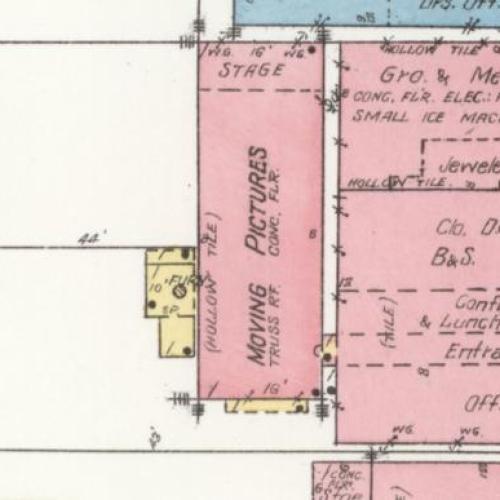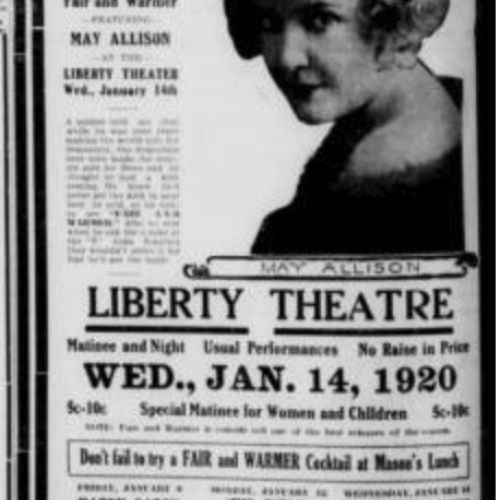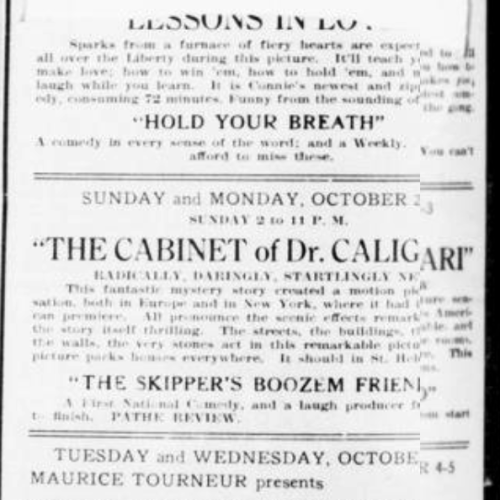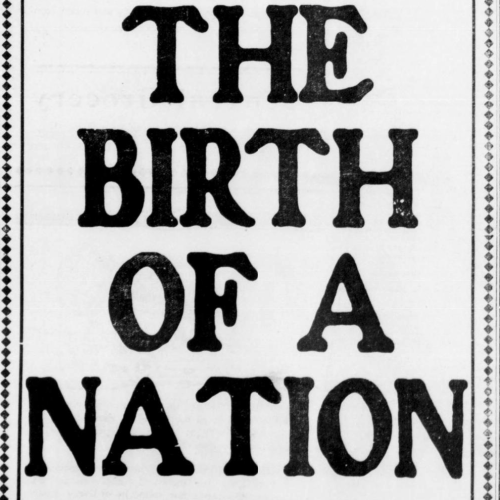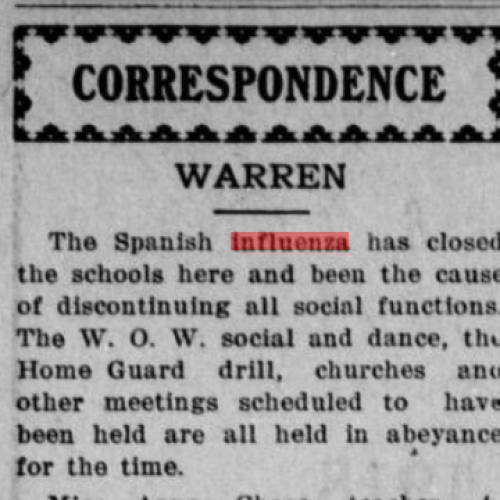The Liberty Theatre: A Community Hub for Entertainment
The Liberty Theatre, opened by M.S. Jeffries on March 21, 1918, quickly became a cornerstone of entertainment in St. Helens, Oregon. More than just a movie house, the theater played a vital role in the cultural life of the town, hosting a diverse range of programming that catered to all ages and interests. In addition to screening silent films—including popular hits like The Cabinet of Dr. Caligari, The Last of the Mohicans, and Unseen Forces—the Liberty Theatre also served as a venue for live performances, lectures, and community events. Boxing matches, high school plays, and musical performances were frequently staged, making the Liberty more than just a place to see movies—it was a true gathering place for the community.
Promotional efforts played a key role in the Liberty Theatre’s success. Newspaper advertisements frequently highlighted upcoming films, with some promotions tying into local businesses. One notable example was when the theater screened Fair and Warmer, starring May Allison. To generate excitement, a local restaurant created a special cocktail named after the film. Additionally, the theater offered special matinee pricing for women and children, charging just 5 to 10 cents—significantly less than the standard 35-cent adult ticket. Such discounts made entertainment accessible to a wider audience while ensuring steady attendance. Exterior signage and posters were also common promotional tools, drawing in passersby with eye-catching designs and bold lettering.
Beyond its entertainment value, the Liberty Theatre was shaped by external factors such as regulation and pricing shifts. Like all theaters, it faced temporary closure in October 1918 due to the influenza epidemic, as mandated by the Board of Health. Ticket prices fluctuated based on demand; for instance, when The Birth of a Nation played, the theater increased ticket prices to 50 cents—40% higher than the usual rate—demonstrating the film’s immense popularity. The Liberty also had to compete with other local attractions, including the Columbia Theatre across the street, which was eventually owned by G.O. Garrison—the same businessman who later acquired the Liberty.
Despite its early success, the Liberty Theatre eventually closed in December 1930. The building later saw use as a bowling alley, union hall, and Shrine Club before being demolished in the late 1970s or early 1980s. Though it no longer stands, the Liberty Theatre remains a significant piece of St. Helens’ history, reflecting the evolving landscape of American entertainment in the early 20th century.
